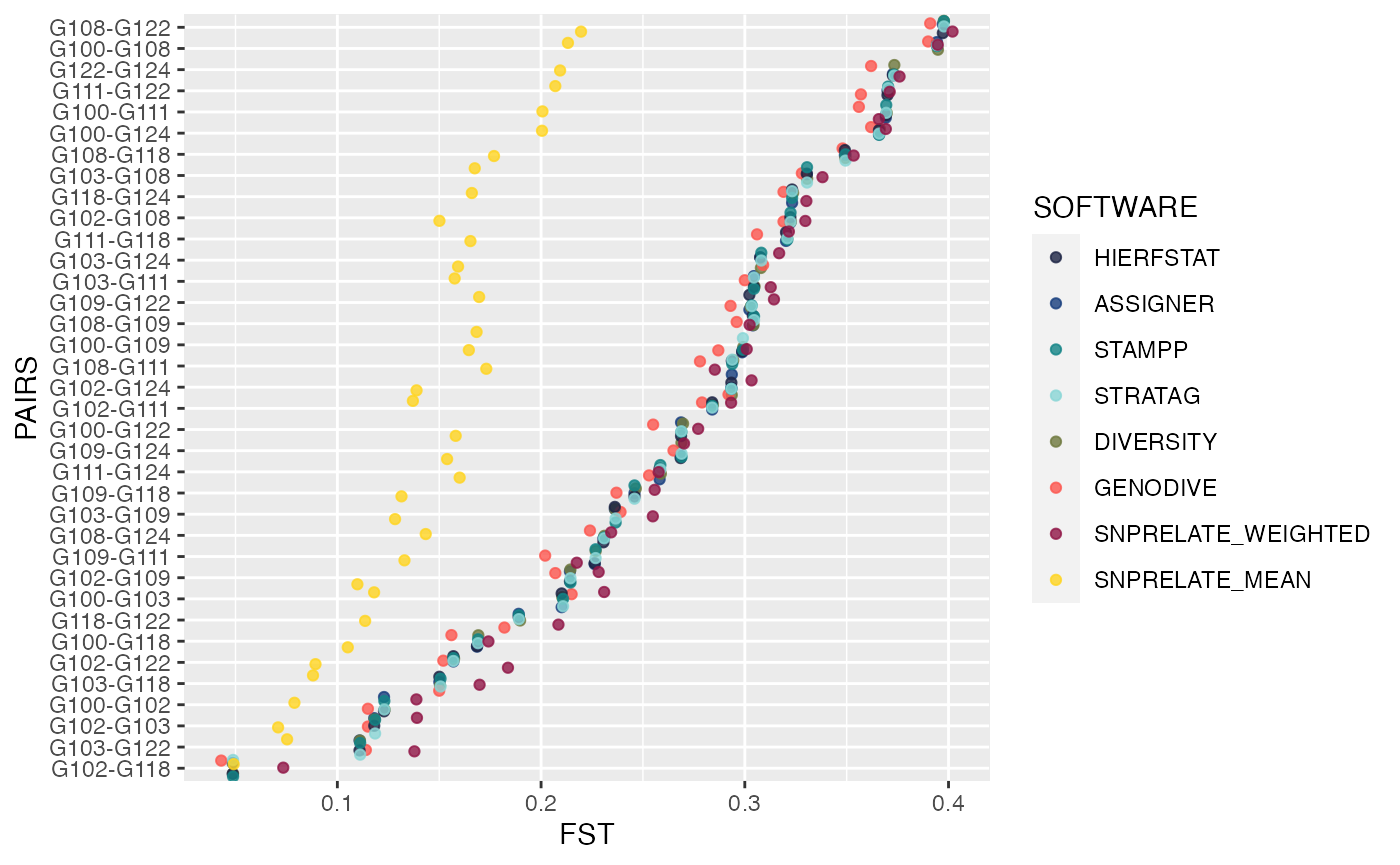

Floodplain willows in fragmented river landscapes: Understanding spatio- temporal genetic patterns as a basis for restoration plantings.

Gene flow in an endangered willow Salix hukaoana (Salicaceae) in natural and fragmented riparian landscapes. Kikuchi S, Suzuki W, Sashimura N (2011).Germination capacity of stored pollen of Morus alba (Moraceae) and their maintenance. Wien, Austria: Universität für Bodenkultur (in German). Weiden in Österreich und angrenzenden Gebieten. Hörandl E, Florineth F, Hadacek F (2002).The water-culture method for growing plants without soil. Genetic variability in Apurimacia dolichocarpa (Fabaceae), a narrow endemic species of Córdoba Hills, Argentina. Grossi MA, Julio N, Gardenal CN, Di Rienzo J, Funes G (2011).C 53: 61–71 (article in Polish with an abstract in English). Rośliny borealne we florze Lubelszczyzny. Fragm Flor et Geobot 3: 89–103 (article in Polish with an abstract in English). Badania nad rozmieszczeniem i ekologią wierzby lapońskiej (Salix lapponum) na Pojezierzu Łęczyńsko- Włodawskim.
#Genodive manual software#
Detecting the number of clusters of individuals using the software STRUCTURE: a simulation study. Structure Harvester: a website and program for visualizing STRUCTURE output and implementing the Evanno method. Salix exigua clonal growth and population dynamics in relation to disturbance regime variation. Douhovnikoff V, McBride JR, Dodd RS (2005).Intra-clonal variation and a similarity threshold or identification of clones: application to Salix exigua using AFLP molecular markers. Simple methods for in vitro pollen germination and pollen preservation of selected species of the genus Agave. In vitro pollen germination of some plant species in basic culture medium. Genetic rescue in an isolated metapopulation of a naturally fragmented plant species, Parnassia palustris. Determination of pollen viability, germination ratios and morphology of eight apricot genotypes. lapponum populations in selected sites where environmental conditions are the most similar to those preferred by this species. For this reason, preventive measures should be undertaken in order to enlarge the existing populations and to reconstruct S. A lack of gene flow, either by pollen or seeds, may lead to further differentiation of the populations and extinction of the smallest ones. Although the genetic diversity among the populations was not very high (PhiPT = 0.12), it accumulated in a quite short period of time, probably during the second part of the 20th century, as a consequence of habitat fragmentation. In spite of this, young individuals were observed in only 1 out of 5 studied populations and it was the most numerous one. All individuals were of sexual origin and the expected heterozygosity was moderate. lapponum pollen viability and germinability, for both fresh and stored pollen, were high and so were the seed germination ability and dynamics. An important aspect was to determine the within- and among-population genetic diversity of the studied species in order to evaluate whether the basic stages of the generative reproduction cycle in the populations were correct. The main aim of the study was to increase the knowledge on the ecology and biology of the boreal relict Salix lapponum L., an endangered plant in Poland, in order to create an effective protection program.


 0 kommentar(er)
0 kommentar(er)
